What does phone audio quality depend on

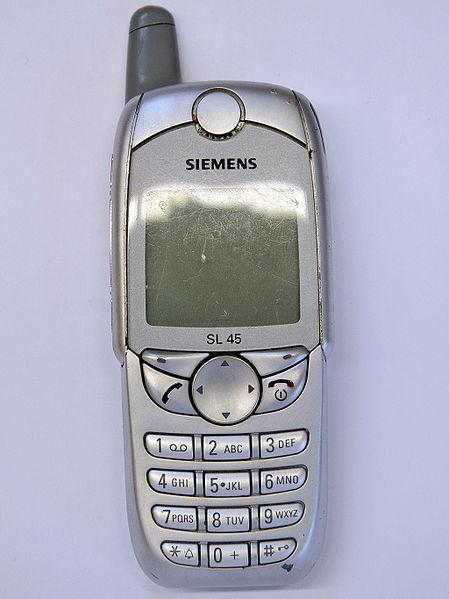
Siemens SL45 - the first music phone
Nowadays, there is a plethora of phones – some of the dumb and all of the smart kind, that can do that trick. However, not all of them are created equally and their audio performance tends to vary from model to model. Of course, some manufacturers use the power of marketing to convince you that their device is superior to others in that aspect, yet there is no guarantee that the real life results will meet your expectations.
To give you a better understanding of what turns a smartphone into a good music player, we have listed and described the elements that its audio quality depends on the most. And the good thing is that most of them you have control over, so if you are not pleased with your phone's audio, don't go looking for a replacement just yet.
Lossy vs lossless
It all begins with the audio source. In most cases, this would be an audio file that was downloaded from an online music store, or ripped from a CD in a true old-school fashion. Unfortunately, the majority of popular audio formats, such as MP3, WMA, AAC, and the likes, compress information using elaborate algorithms in order to save bandwidth or storage space. As a result, the audio quality suffers to an extent depending on the level of compression – the lower the bitrate of the file, the lower its fidelity. A solution to that would be to use the so-called “lossless” audio file formats, which retain a song's original quality while still reducing its footprint quite a bit. FLAC and Apple Lossless are currently the two most popular ones. The tricky part, however, is that decoding them may put a little more strain on the device’s processor, thus draining its battery slightly faster. Besides, they occupy quite a lot of storage space when compared to their “lossy” counterparts, albeit not nearly as much as an uncompressed file would.
Software
Not to be forgotten is the phone's audio software. When it comes to smartphones, the music player application that it is equipped with and its platform's native audio system are responsible for decoding your audio files. They also determine what audio file formats can be played. Besides, audio software can process the sound in a way to suit your tastes via equalizer presets and effects. Those who fancy the true high-fidelity experience would rarely have these enabled on their device, but we know that more than a few of you would not mind some extra bass, treble, or stereo expansion added to their tunes.
Audio codec
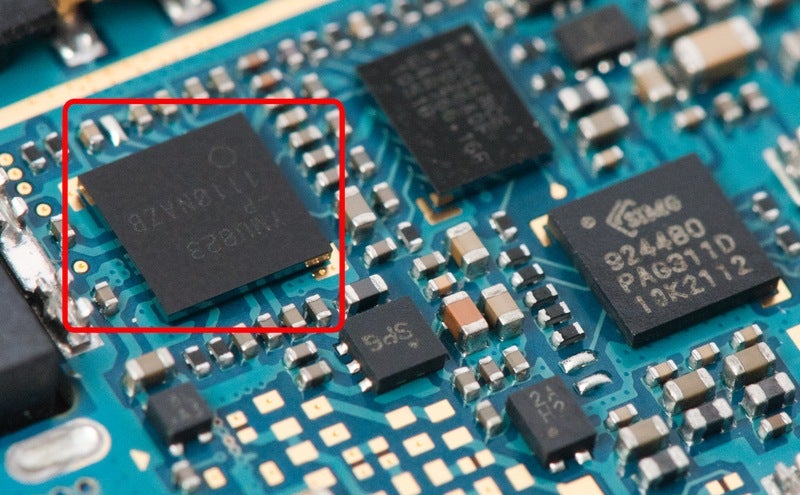
Yamaha YMU823 - the audio codec inside the Samsung Galaxy S II
Headphones
With the exception of some rare cases, the performance of a phone’s stock earphones is mediocre at best. And that should come as no surprise since manufacturers want to keep a device's production costs low. Besides, it is assumed that a pair of stock earphones would suit the needs of the average Joe. That is why they usually offer low to average audio fidelity, little to no ambient noise isolation, and an often underwhelming volume output. On top of all that, it doesn’t take long before they get infested by crackling noises, the iPhone’s earbuds being a perfect example of that. There doesn’t seem to be another way around that except spending some extra cash on higher quality earphones.
Conclusion
And these, folks, are the main factors that affect the audio quality of your smartphone. Now that you have the knowledge, feel free to dig deeper and experiment until you reach audio nirvana. However, keep in mind that you and only you can be the judge of your phone's audio performance, and you should not let cheap marketing tricks fool you. If you are happy with the way your handset sounds, just enjoy it to its fullest.
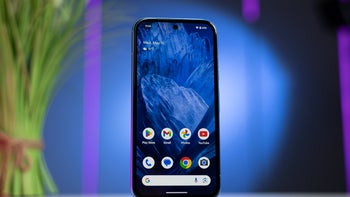


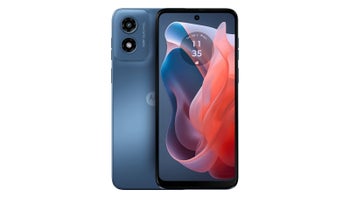





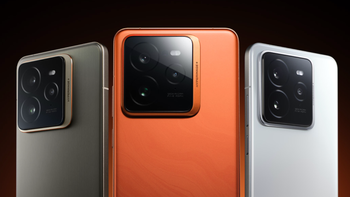


Things that are NOT allowed: